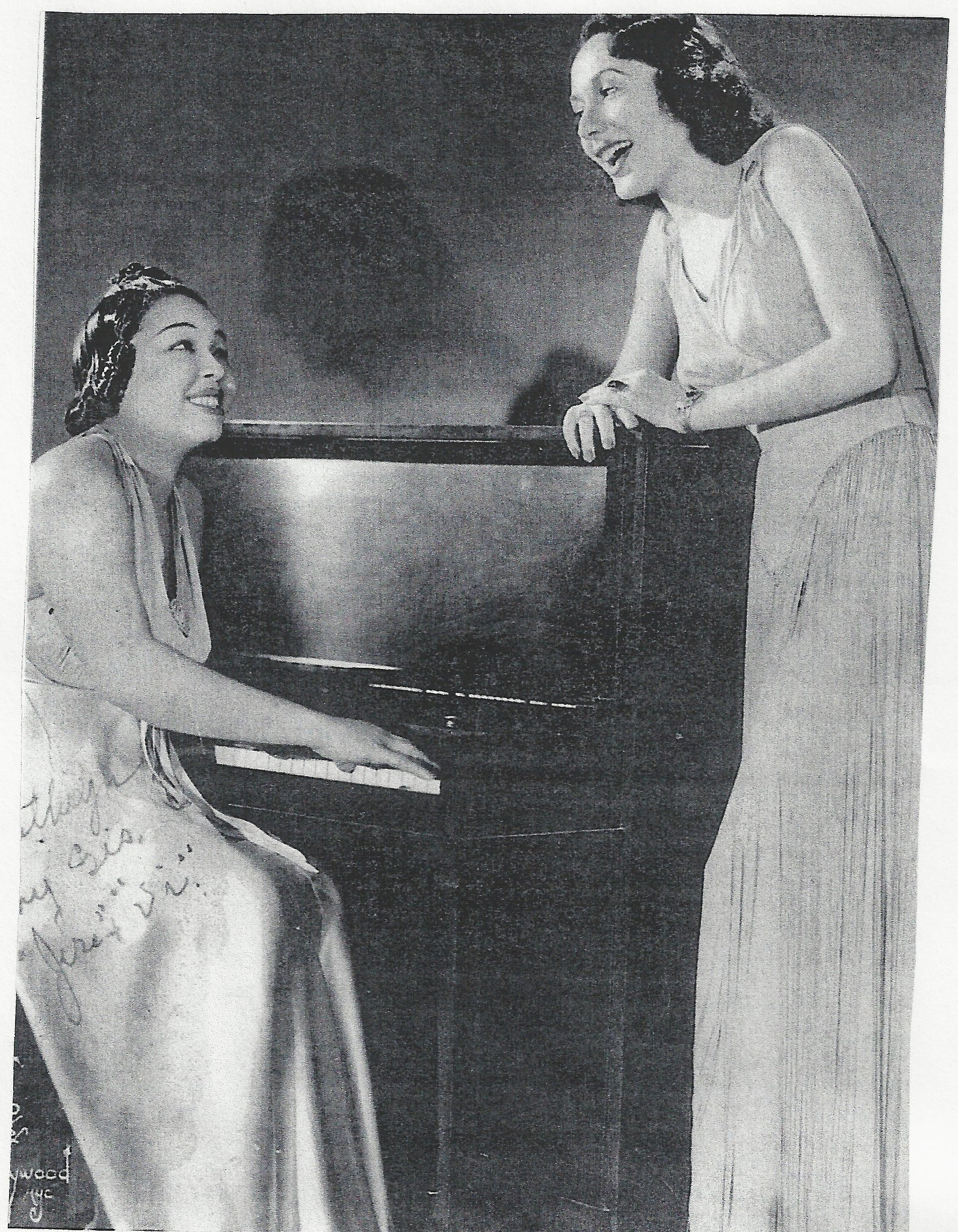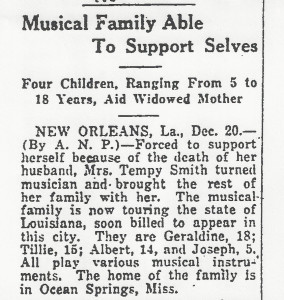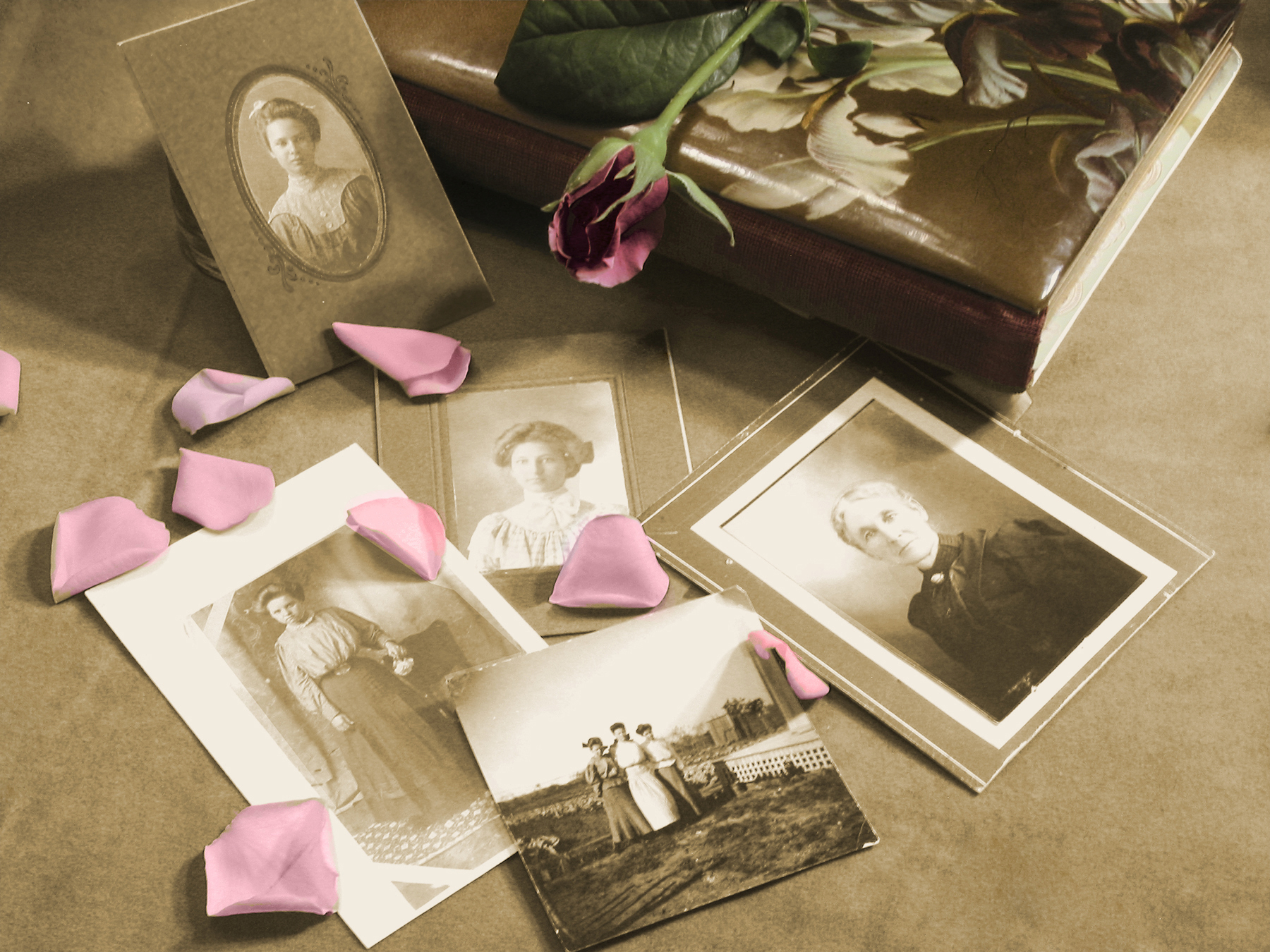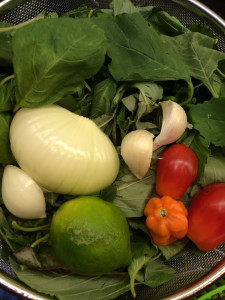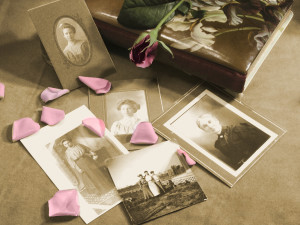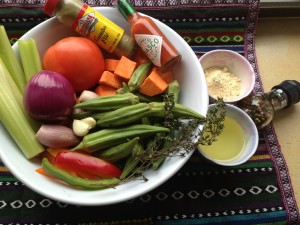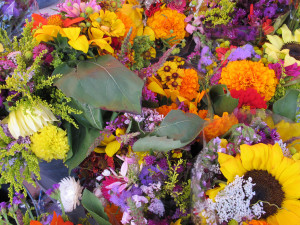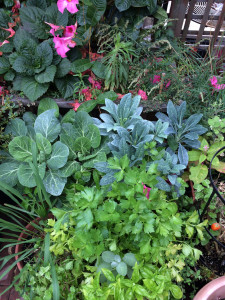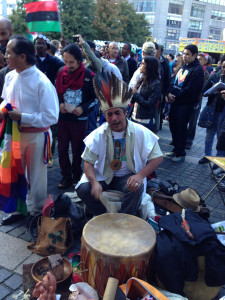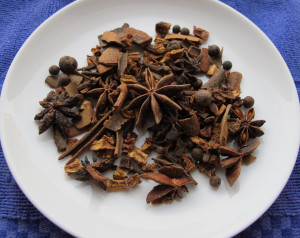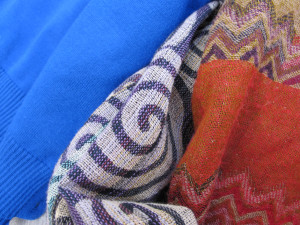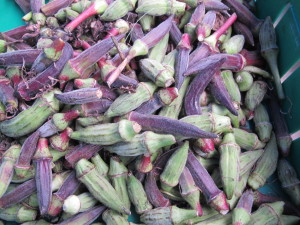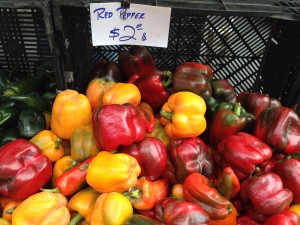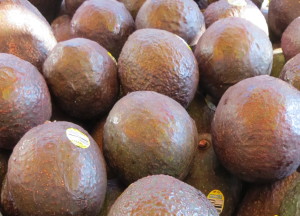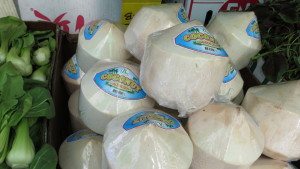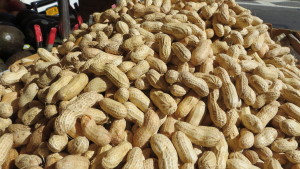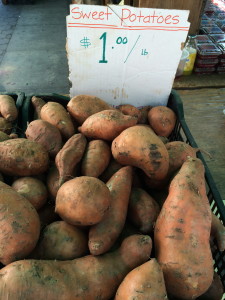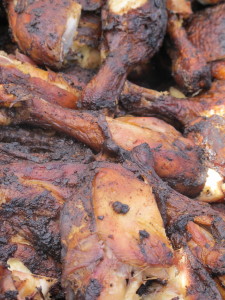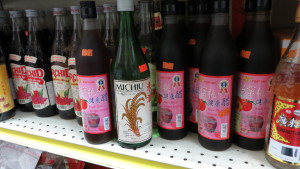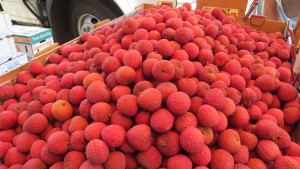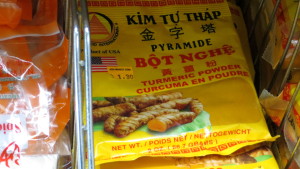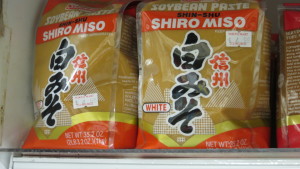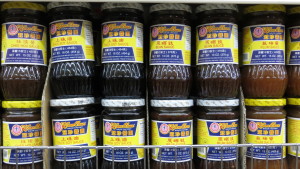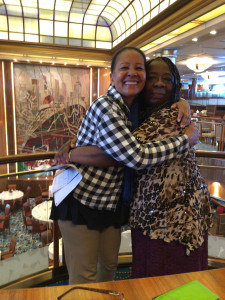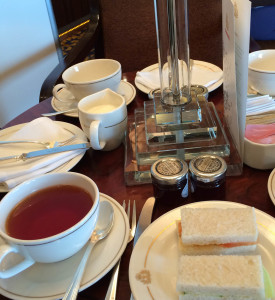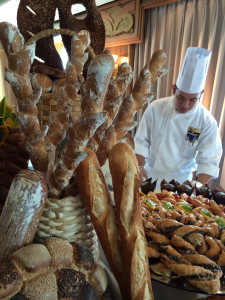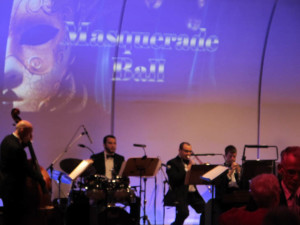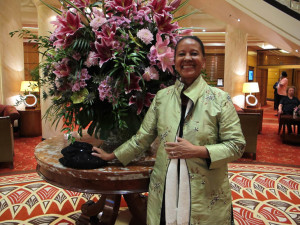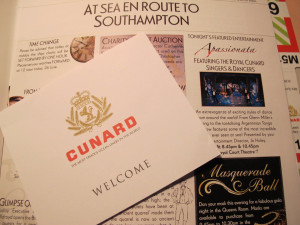Holiday reunions are coming. Are you ready for your crazy relatives? Back in the day, every weekend was a holiday reunion. The menu, script, and cast of characters were always set. There were always surprise guests and food items. Sometimes Dad’s Harlem-Southern and Mom’s Chinese West Indian folks would visit at the same time.
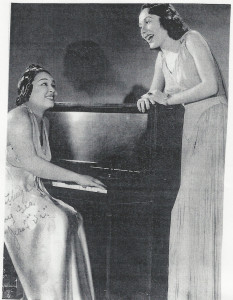
But today, because we recently recognized my Dad on Facebook for Veteran’s Day, I am still thinking about his people. Thanksgiving was a big holiday for them. They were part of America’s largest migration of Black folks from the Deep South to the North. Dad and his siblings performed ‘on the road’ in a family musical show from Mississippi, New Orleans, and many Chitlin’ Circuit venues all the way to Harlem. Their journey was documented in Harlem Renaissance news clips found during my extensive genealogy searches. Music, religion, food, and drama are my most vivid memories. We routinely gathered on Sundays after church at Grandmother’s house. Madame Tempy Stuart Smith or Mother, as she was called, was our Pentecostal matriarch. To her, folks were either ‘saints’ or ‘sinners.’
Drama genes: Scientific DNA proof that drama genes exist may still be unproven. But I’m sure Dad’s very intense family have strong drama genes! From the kitchen to the living room, basement, backyard porch, and dining table, there would be drama with this clan. Invariably, someone would say something. Drunk Uncle might quote the Bible. He would call out The Hussie and her daughter, Hoochie Girl as sinners. “They are not saved!” Family Peacemakers and ‘saints’ would rush in to quiet the gossip. Funny Elder Male Cousin would imitate an X-rated Red Fox’s comedy routine. Tap dancing, piano playing, and singing aunts, uncles and cousins would compete to showoff their skills. There would be multi-generational knee slapping, head shaking, laughter, arguing and applause. There would be tears too. Memories of many long gone or a new trauma would shift the mood. These intimate gatherings were loud, lively and could last for days. My parents, both classically trained musicians, inherited four pianos, leftover from grandmother’s music schools. Positioned in the front and back on three floors of our Brooklyn brownstone, our pianos were used by visiting artists to rehearse shows as well as by us for home entertainment. No TV or Internet folks! Live entertainment! Classical piano training and dance was mandatory in Dad’s family. We were all pupils, tutors, or teachers at grandmother’s music schools. Some of my family performed in Hollywood films and on Broadway with Cab Calloway and Sammy Davis Jr. Everyone could be called on to perform a dance step, play a concerto, recite a poem or sing along. My eldest cousin Sonny, a masterful pianist, Aunt Kaye’s son, tutored me on Beethoven Sonatas during these gatherings.
Cast of characters: Dad was the mellow one. Everyone else seemed to have fierce personalities. We often blamed our African, Cherokee and European Creole ancestors for their colorful behavior. Who was going to ‘show out’ this time? Did anybody care that some of us children were too sensitive to be exposed to them? No! Kids didn’t matter back then. My Brother Sidney and I both wondered if we were born into the wrong family. Fueled by our Chinese West Indian Mom’s teachings about Hindu and Buddhism, we would speculate about reincarnation and other spiritual forces. Were we here before? What if we were born during another era, as a different gender, race, nationality, or from another planet?
What planet did our Family Diva Queen, Aunt Kaye come from? She was one of my father’s three sisters. Making a grand entrance, like Lena Horn, Aunt Kaye often appeared with her ‘friend’ Aunt Dorothea. ‘Bull Dagger’ and ‘dyke’ were labels we heard in reference to Aunt Dorothea. But no one dared say that to her face. We loved and admired Dorothea’s magnificent contralto voice, especially singing Negro Spirituals. She was one of the world’s first dark-skinned African American opera singers who regularly toured Europe. Dorothea was a true Grand Diva. Off stage she wore tailored men’s suits and could knock back whiskey shots like a man. One day Miss Busy Body asked: ‘But, where’s cousin Sonny’s dad, Uncle Brigman, Aunt Kaye’s husband? ”Oh, him!” snapped Kaye. “He raped me! Folks would rolls their eyes. “Yes, he did. Twice, in Grants Tomb!” Aunt Kaye was known to exaggerate, faint and threaten suicide. As children, we were simultaneously distressed and amused by her.
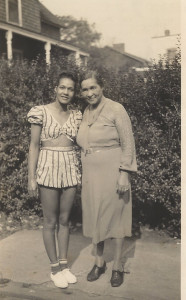
After a few sips of her cocktail, Kaye would show out. She would go from poised, well-spoken Negro film star to full-blown crazy, finger-pointing, squinty-eyed, possessed lady. “What kind of family is this? None of you love me! When was the last time YOU called or YOU visited me? Not one birthday card from anybody! None of you care about me! Why don’t I just go and jump off the Brooklyn Bridge?” Under her breath, Sanctified Aunt said: ”Oh Lord, there she goes again with that fake madness! She should go on then. Do it! Spare us the drama!” Eventually, order would be restored. We would end up hugging and telling Aunt Kaye that we loved her—about a million times through the night! Thankfully, at these holiday reunions, food and festive beverages would be the featured attraction and distraction.
Holiday food: Our holiday feasts always paired traditional menus of Southern Creole and Caribbean food because of our mixed heritage. It was never just about turkey, collards greens and cornbread. The Thanksgiving soul food menu is quite diverse.
“There’s a wide repertoire of food. Everybody understands the iconic list of greens and pork chops and corn bread and sweet potato pie. But that is only a minor list of all of the different foods that people eat within their own communities,” says a researcher at Thomas Jefferson’s Monticello.” Click here to read more about our ancestors’ regional holiday foods.
Naturally, Christmas is huge in the Caribbean. Each island offers a unique style of cooking using regional ingredients.
“The fact is that no one celebrates Christmas with more verve and gusto than the folks in the Caribbean. From Puerto Rico to Guadeloupe to Jamaica, the holiday is a time for fun, family and food. Each island puts its own stamp on the season, but everywhere there’s rum and rejoicing — plus, the pigs are sacred!”
To learn more about Caribbean holidays traditions, click here for details.
Do you recall family drama or colorful characters from your holiday reunions?
